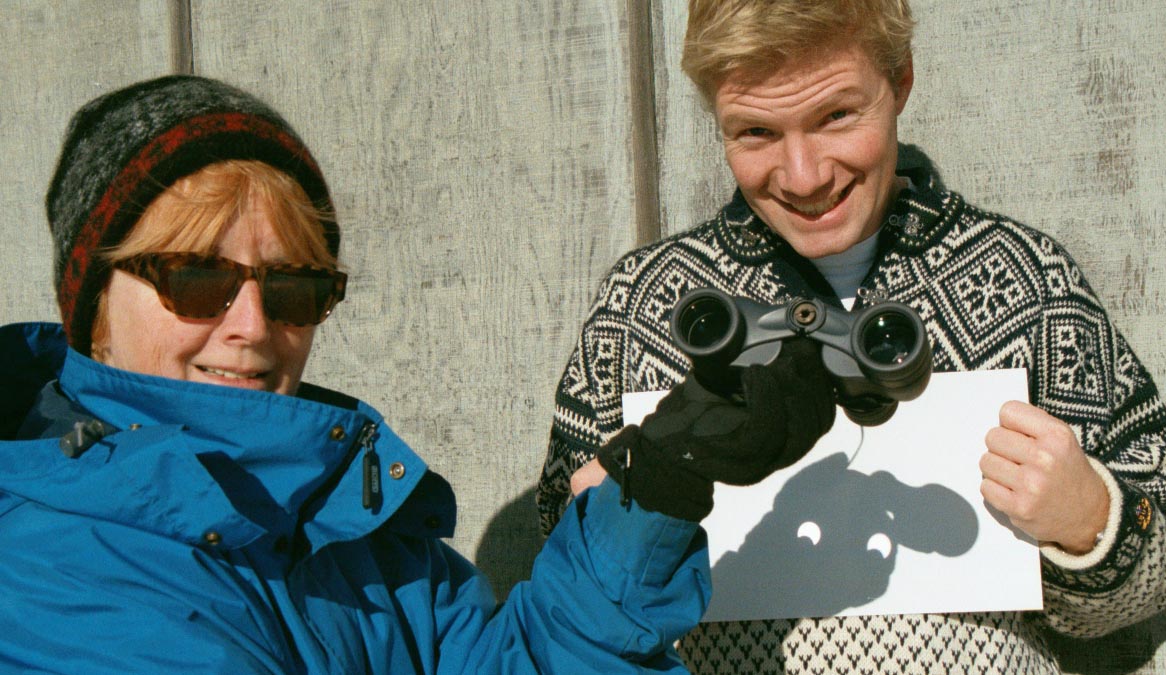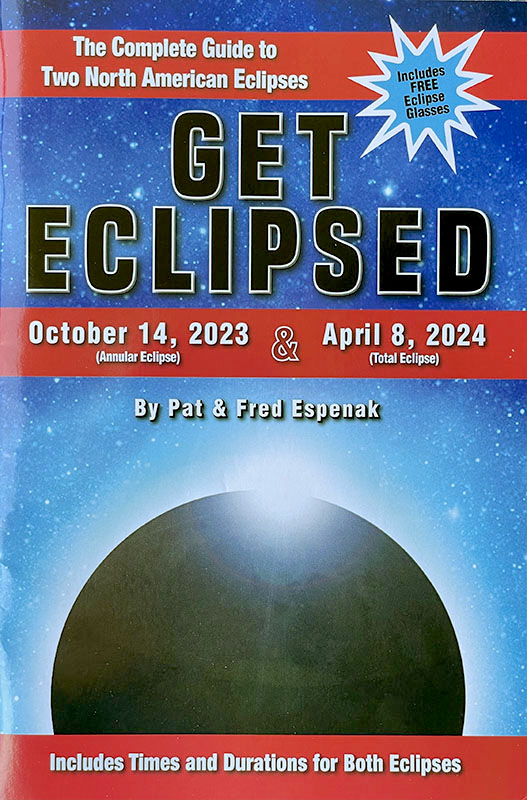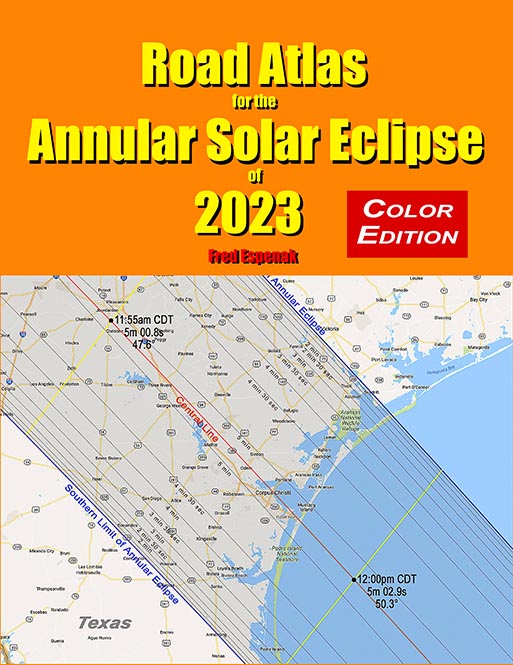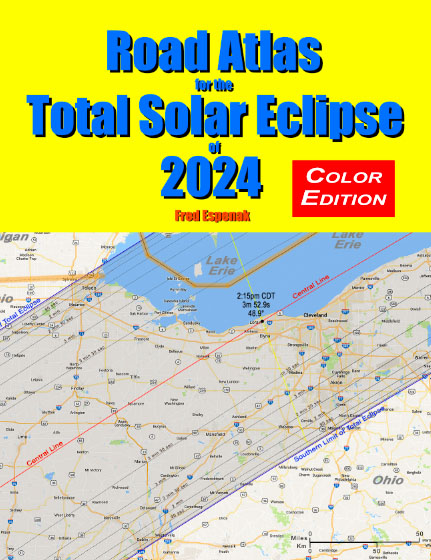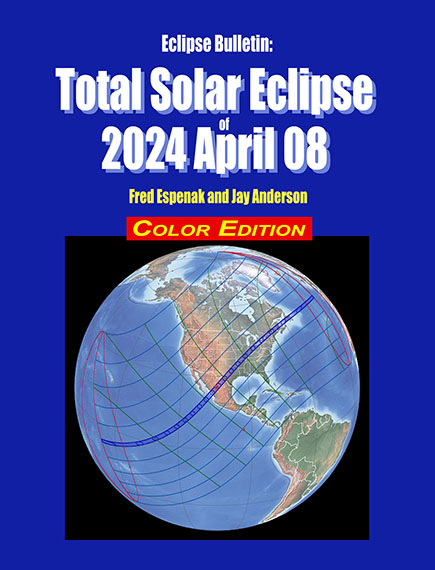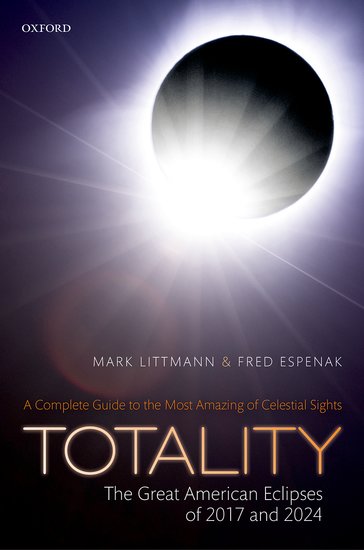Safe Solar Eclipse Viewing
Fred Espenak
Part 1: Partial and Annular Eclipses
Introduction
Eclipses of the Sun are fasciating astronomical events that can be safely viewed if certain precautions are taken. But first an important warning. It is NEVER safe to directly view the partial phases of any solar eclipse, or the maximum phases of an annular solar eclipse using the unprotected or naked eye. Even when 99% of the Sun's surface is blocked during the partial phases of a solar eclipse, the remaining crescent is intensely bright and cannot be safely viewed without eye protection.
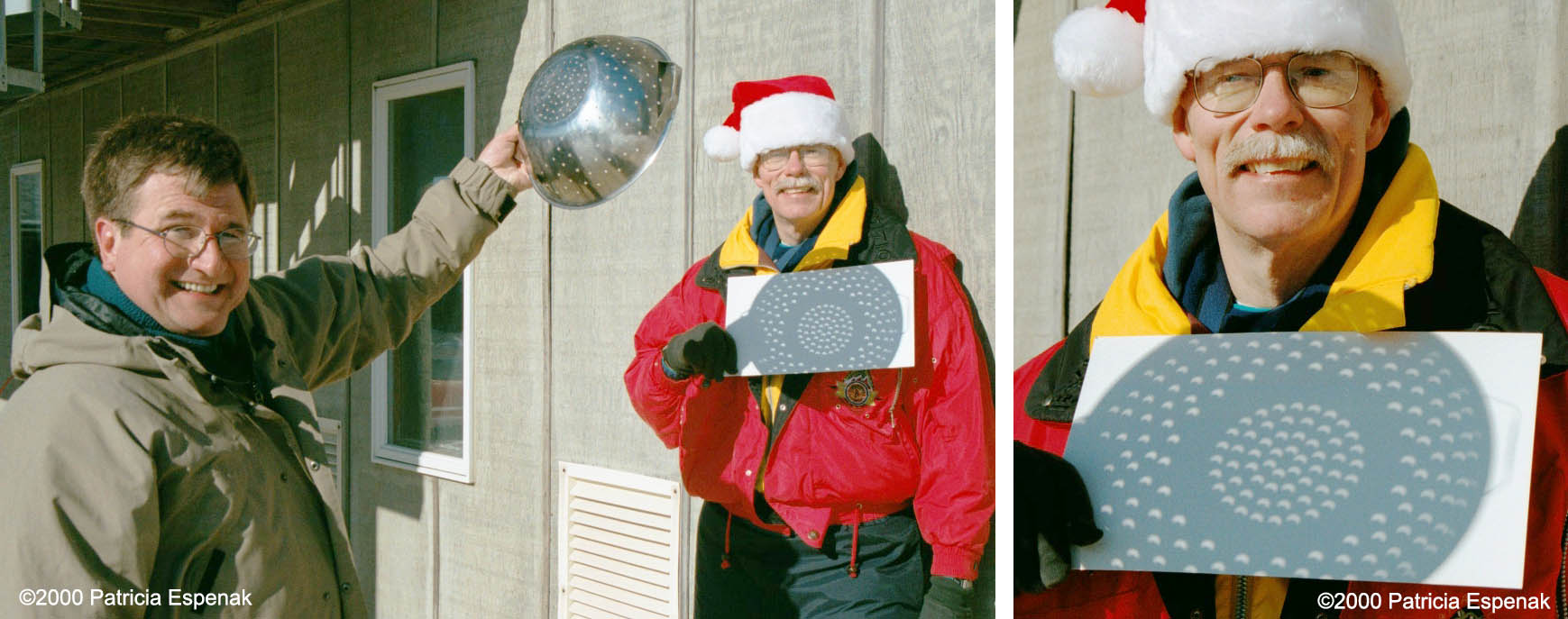
Pinhole projection using a kitchen colander. (c)2000 Patricia Espenak
Pinhole Projection
The simplest and most inexpensive method for safely viewing a solar eclipse is called projection. A pinhole or small opening in a piece of cardboard is used to project an image of the eclipsed Sun onto a screen (white piece of cardboard) placed a couple feet behind the pinhole. Making a pinhole projection box to safely watch a solar eclipse is a fun project for kids.
Projected images of the eclipsed Sun can even be seen on the ground by loosely interlacing your fingers and allowing sunlight to pass through small openings between your fingers. The same effect can be seen beneath a leafy tree in the dappled sunlight reaching the ground. Another amusing projection method is to use a kitchen straining spoon or a kitchen colander. Anything with tiny holes can be used to project the partially eclipsed Sun's image: a straw hat, a cheese grater, a lawn chair having a loose weave fabric, etc..
Binocular Projection
Any pair of binoculars can be used to project a pair of images of the eclipsed Sun onto a piece of white cardboard. Just point the binoculars up at the Sun and project their images onto a piece of stiff white cardboard placed 1-2 feet behind them (see photo above). The farther away the screen is from the binoculars, the large the projected image of the Sun. This takes a bit of practice to get the pointing just right so try it out on a sunny day before the eclipse.
You also want to make sure that the binoculars are in focus. Just look through them at some distant scene on the horizon and adjust the focus. WARNING: Never look directly through the binoculars at either the Sun or the partially eclipsed Sun.

A piece of welder's glass can be used to safely view the eclipsed Sun. (c)2000 Patricia Espenak
Welder's Glass
A widely available filter for safe solar eclipse viewing is a welder's glass. These filters normally protect a welder's eyes from the intensely bright glare of a welding arc. They come in a variety of shades with number 14 being the darkest - be sure to get a number 14 for eclipse viewing. Welder's glass filters are available through welding supply outlets and through retailers on the Internet.
Welder's glass filters (number 14) are safe to use for looking directly at the Sun. The down side is that they give the Sun an unnatural green color cast.
There is a Welder's filter that has a variable density. It changes depending on the brightness of the welding arc (or light source) that it's pointed towards. These variable density filters are NOT SAFE for looking at the Sun.
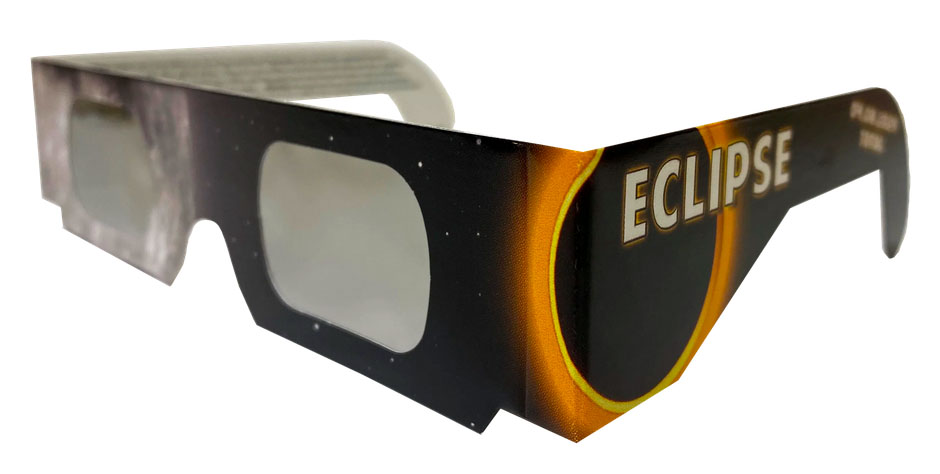 Order Safe Eclipse Glasses from American Paper Optics (click here)
Order Safe Eclipse Glasses from American Paper Optics (click here)
Eclipse Glasses
In recent years inexpensive eclipse glasses have become increasingly popular for safely viewing of solar eclipses. They usually consist of specially manufactured filters mounted in a simple cardboard frame. Eclipse glasses allow you to look directly at the eclipsed Sun since the filters safely protect your eyes from any harmful rays. To date three manufacturers have certified that their eclipse glasses and hand-held solar viewers meet the ISO 12312-2 international standard for such products: American Paper Optics, Rainbow Symphony, and Thousand Oaks Optical.
The following are some tips to safely use eclipse glasses.
- Stand still and cover your eyes with your eclipse glasses or solar viewer before looking up at the bright Sun. After glancing at the Sun, turn away and remove your filter — do not remove it while looking at the Sun.
- Do not look at the uneclipsed or partially eclipsed Sun through an unfiltered camera, telescope, binoculars, or other optical device. Similarly, do not look at the Sun through a camera, a telescope, binoculars, or any other optical device while using your eclipse glasses or hand-held solar viewer — the concentrated solar rays will damage the filter and enter your eye(s), causing serious injury. Seek expert advice from an astronomer before using a solar filter with a camera, a telescope, binoculars, or any other optical device.
- If you are within the path of totality, remove your solar filter only when the Moon completely covers the Sun’s bright face and it suddenly gets quite dark. Experience totality, but as soon as the bright Sun begins to reappear, replace your solar viewer to glance at the remaining partial phases.

A special filter is used to safely view a solar eclipse through a telescope. (c)2016 Fred Espenak
Telescope Filters
Telescopes and binoculars offer the possibility of seeing a magnified view of the eclipse. But this can only be done by using a special filter designed for viewing the Sun. Such filters fit snuggly over the FRONT END of the telescope and permit just a tiny fraction of the Sun's light to pass through.
Solar filters for both telescopes and binoculars are available from a number of companies in the list below.
These filters are essential for safely viewing the PARTIAL phases of an eclipse. But if you want to also use your telescope/binoculars to view the TOTAL phase of the eclipse, the solar filter needs to be quickly and easily removed when TOTALITY begins (see next section). It must be put back on quickly when TOTALITY ends.
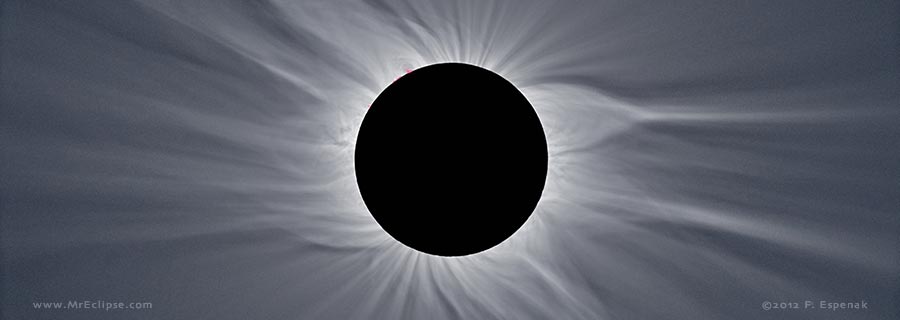
The Sun's corona during the total eclipse of 2016 March 29, (c)2006 Fred Espenak
Part 2: Totality
A total solar eclipse begins and ends with a series of partial eclipse phases typically lasting about an hour before and after the total phase. The methods described in Part 1 above give safe ways of viewing the partial phases.
The total phase of the eclipse (called totality) only last a few minutes and is spectaculary different from the partial phases. The TOTAL phase of a total solar eclipse is completely safe to view with the naked eye. No pinhole projection or filter is needed to safely view Totality. Those methods are only for safely viewing the PARTIAL phases of the eclipse.
The naked eye alone along with a pair of binoculars are the best way to view Totality.
Totality is one of the most awe-inspiring sights in all of nature. For a few brief minutes you are plunged into the dark twilight shadow of the Moon as the Sun's bright disk is completely hidden from view. In its place is the eerie black disk of the Moon silhouetted against the Sun's exquisitely beautiful solar corona.
Visit EclipseWise Solar Eclipses to find information on past and future eclipses of the Sun.
The upcoming total solar eclipse of 2024 April 08 crosses the Mexico, the USA, and Canada giving millions of people the chance to witness this unforgettable event.


